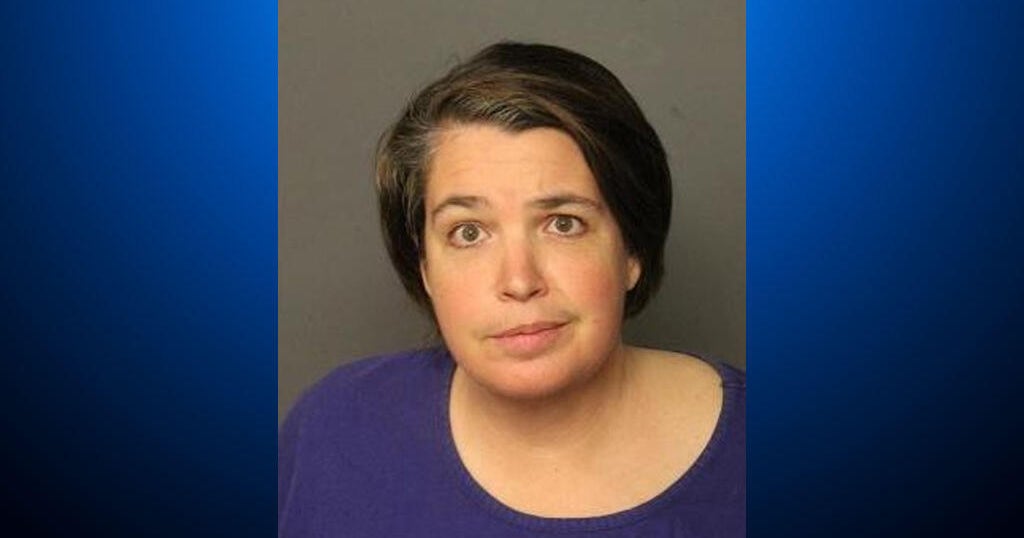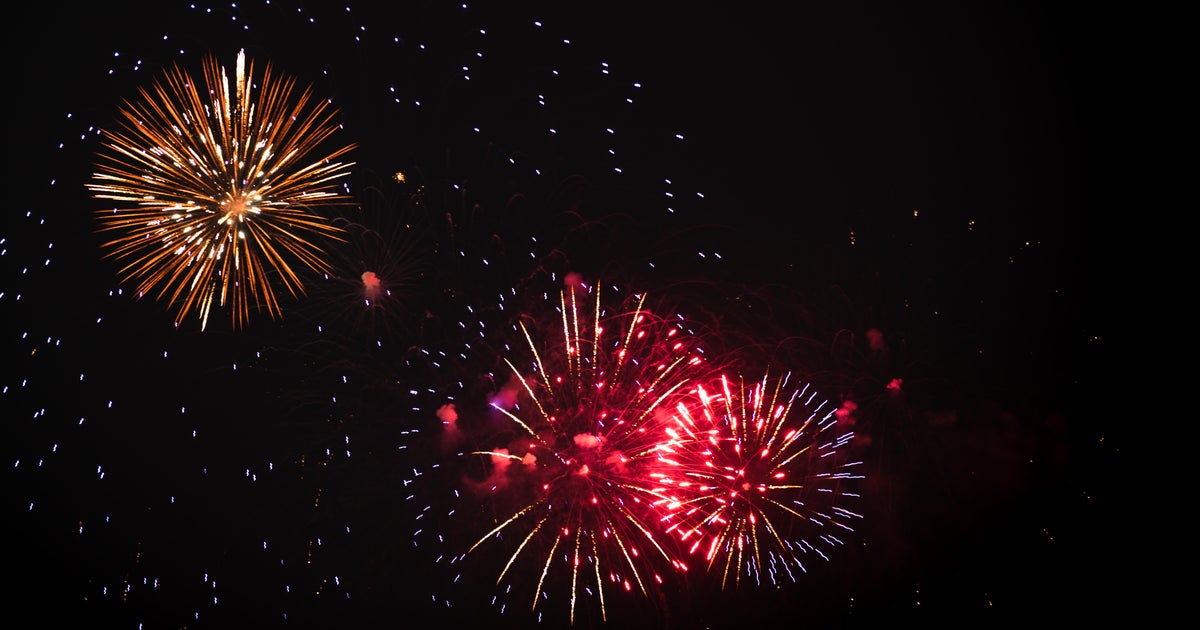New Bay Bridge Opening Completes Decades-Long Dream
SAN FRANCISCO (CBS SF) -- The opening of the new eastern span of the Bay Bridge Monday night marks the end of a lengthy process that began shortly after a section of the old span collapsed in the Loma Prieta earthquake in 1989, killing one person and forcing it to be closed for a month.
Elected leaders and transportation officials realized soon after the temblor on Oct. 17, 1989, that the span needed to be retrofitted or replaced so the bridge would be safe during an earthquake, but squabbling over the design and route for a new span delayed work for many years.
- Current KCBS Traffic Conditions
- Bay Bridge Opens Monday After Low-Key Ceremony
- New Bridge Completes Decades-Long Dream
- Complete Coverage: The New Bay Bridge
"The story is ending well but the road to get here was far too long and far too winding," said Metropolitan Transportation Commission executive director Steve Heminger, who has been involved in the $6.4 billion project to build the new span almost from the beginning because he was its project manager.
Former Alameda County Supervisor Mary King, who chaired the MTC panel that selected the design for the bridge, said the fact that it took so long to build the new span "is one of the great public process failures."
In fact, King said the long delay in building the span even though it was an important public safety project "takes some of the glow" off of her happiness that it is finally open to the driving public.
"I was hoping it would be successful and stand for a long time as a symbol for the region," King said.
She said, "It was a great idea but sometimes the best-laid plans go awry."
Caltrans chief engineer Brian Maroney said after the Northridge earthquake in 1994, which damaged freeways in the Los Angeles area, engineers were told to begin planning for a new eastern span of the Bay Bridge but there were delays "for all sorts of reasons."
Maroney said, "Some of us were frustrated by that. I'll never totally understand it. We were competing against time."
Heminger said, "There was not just an engineering debate, there was a political debate."
He said, "We have a natural ability to argue about just about anything and we proceeded to do just that."
Heminger said the first decision that had to be made was whether to retrofit the existing span or build a completely new span.
He said Caltrans' initial strategy was to retrofit the existing bridge but they decided to only retrofit the western span because that section was in better shape, as suspension bridges are more flexible.
Retrofitting was not a good strategy for the eastern span because it was "so much work and expense" and there were questions about how much of lifespan it had left, Heminger said.
The next question was picking a design. After much debate, the MTC voted on June 24, 1998, to approve a single-tower bridge with an iconic self-anchored suspension span, the longest such structure in the world at a length of 2,047 feet.
Transportation officials estimated at that time that it would cost $1.5 billion to build the span and it could be opened to traffic by late 2003 or early 2004.
King recalled that "there were a lot of opinions" and "intense discussions" about the best design.
King said that in her role as committee chair, "I would try to herd the cats to try to get a unanimous decision."
She nearly succeeded on the single-tower design, which the committee approved by an 11-1 vote, with Oakland Mayor Elihu Harris casting the lone "no" vote and two members abstaining.
Harris called the design "a bridge to the past, not the future" and "a highway on stilts" and threatened to file suit to stop it.
Six weeks later, on Aug. 6, 1998, Harris, San Francisco Mayor Willie Brown, Berkeley Mayor Shirley Dean and Emeryville Mayor Ken Bukowski promoted a ballot measure to call for having rail service on the bridge.
The region's voters approved the measure in November 1998 but it was only advisory in nature and didn't include any funding.
King said the mayors' plan was "somewhat duplicative and expensive" and Heminger said the idea was "ridiculous."
He said, "We already have a train under the bridge and it's called BART."
The final question was whether the new span should be located north or south of the existing eastern span.
Heminger said officials picked a route north of the old span because a southerly route was problematic since there is an active U.S. Coast Guard station on the southern end of Yerba Buena Island and the East Bay Municipal Utility District's main sewer outfall is also there.
But he said Willie Brown objected to the northern route because he feared that it would interfere with San Francisco's development plans for Treasure Island.
Heminger said the U.S. Navy also objected to the northern route because of land use issues.
He said the objections were "a sideshow" and "there were at least three years or more of politically-imposed delays."
Heminger said the final delay was caused in late 2004 by former Gov. Arnold Schwarzenegger, who recommended switching to a simpler and cheaper concrete skyway design, which he estimated would save $300 million to $400 million.
However, transportation officials at last won approval to go ahead with the single-tower suspension bridge in 2005.
"There's been quite a bit of stability the last eight years, at the end of all the turbulence," Heminger said.
The $6.4 billion cost estimate announced at that time and the plan to open it in 2013 has remained constant all that time, he said.
However, the exact date of the opening this year was cast into doubt after problems with anchor bolts on the new span were discovered.
Officials had considered pushing the opening date back to December, but decided to open it as scheduled following a Labor Day weekend closure after a temporary fix was devised.
Crews inserted steel plates known as shims into bearings near the broken bolts, which will allow the bridge to safely distribute energy during a quake. The long-term solution is to install an exterior saddle and cable system that will provide the same function as the bolts.
Heminger said while he's glad the new span is now open, for him the big milestone was closing the old one for good.
He said, "Everyone is safe now. When you crossed the old one you took a risk but that risk is going away now."
(Copyright 2013 by CBS San Francisco and Bay City News Service. All rights reserved. This material may not be published, broadcast, rewritten or redistributed)



